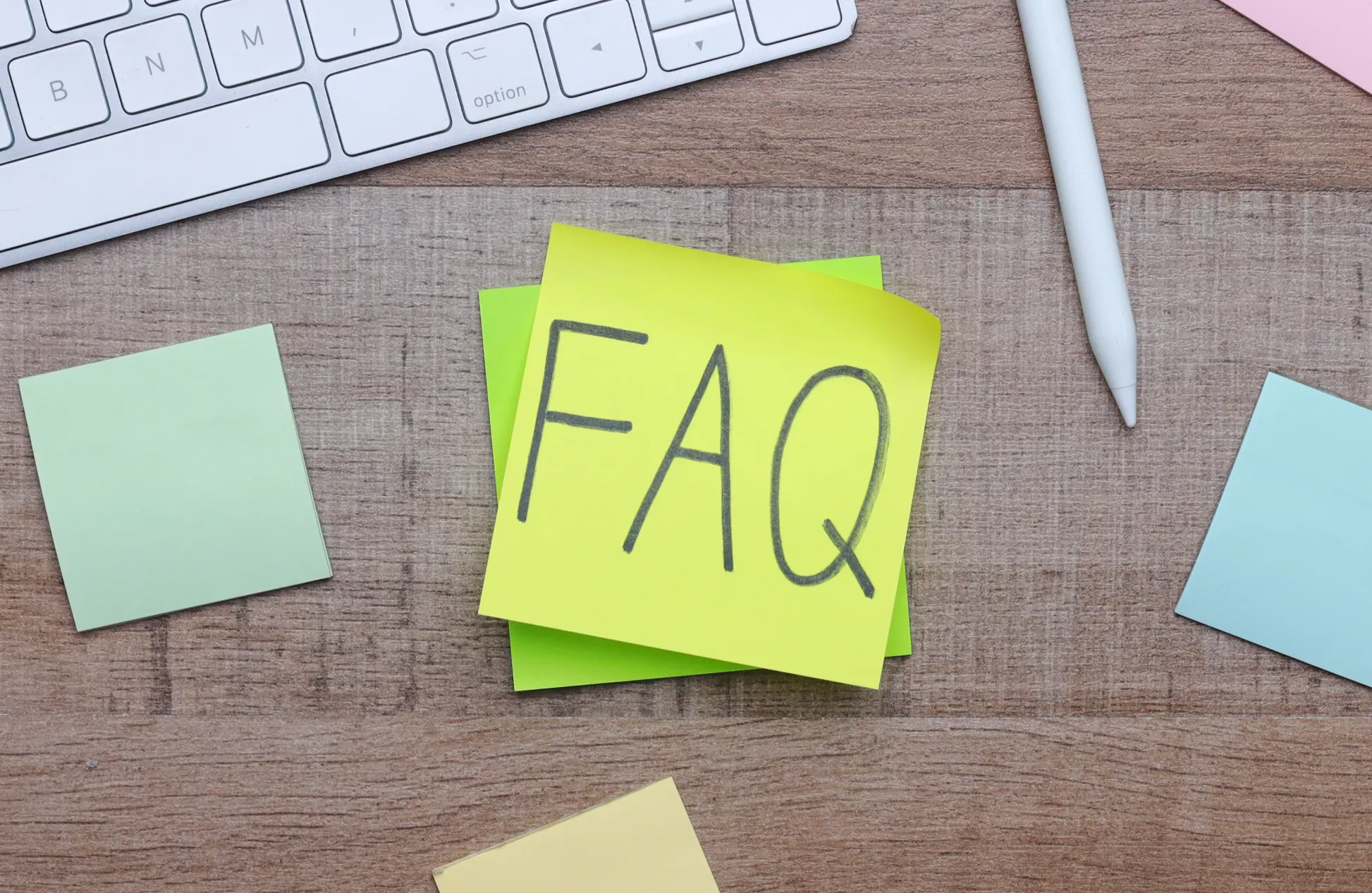Launching a new website is exciting, but to make it a success, you need to ensure it’s optimized for search engines from day one. SEO can seem like a complex and daunting task, especially if you’re just starting out. But with the right plan, you can lay a strong foundation for your website’s search engine performance. This 30-day action plan is designed to guide you through the essential steps to get your website SEO-ready, even if you’re a complete beginner.
Here’s a quick overview of what you’ll be working on each week:
| Week | Tasks | Details |
|---|---|---|
| Week 1 | Setting Up and Laying the Foundation | |
| 1 | Setting Up Google Analytics and Google Search Console | Track website performance and search visibility. |
| 2 | Installing SEO Tools (RankMath, Yoast, Etc.) | Optimize meta tags, sitemaps, and on-page SEO elements. |
| 3 | Implement HTTPS | Secure your site with an SSL certificate to boost rankings and user trust. |
| 4 | Creating Sitemap and Submitting to Search Engine | Helps search engines index your site more effectively. |
| 5 | Setup Robots.txt | Control which pages search engines can crawl and index. |
| 6 | Conduct Competitor Analysis | Identify competitor strategies for keywords, backlinks, and content. |
| 7 | Conduct Keyword Research | Find relevant keywords to target based on search volume and competition. |
| Week 2 | On-Page Optimization | |
| 1 | Optimize Meta Tags | Improve click-through rates by making title tags and meta descriptions more compelling. |
| 2 | Check for Proper Headings | Ensure your content is structured and easy to understand for both users and search engines. |
| 3 | Optimize On-Page Content | Align content with user intent and naturally incorporate target keywords. |
| 4 | Optimize Images | Compress images for faster load times; use alt text for better SEO. |
| 5 | Internal Linking Structure | Improve site navigation and distribute page authority effectively through internal links. |
| Week 3 | Technical Optimization | |
| 1 | Make Sure Pages Are Indexed | Verify that all important pages are indexed in Google Search Console. |
| 2 | Check for 404s and 301s | Identify and fix broken links; set up redirects where necessary. |
| 3 | Improve Page Load Speed | Use tools to identify and fix issues slowing down your website. |
| 4 | Ensure the Site is Responsive | Test and optimize your website for all devices, especially mobile. |
| 5 | Use Schema Markups | Add structured data to enhance how your site appears in search results (rich snippets). |
| Week 4 | Content & Link Building | |
| 1 | Create High-Quality Content | Focus on producing valuable, in-depth content that meets user needs and targets relevant keywords. |
| 2 | Setup Social Media Profiles | Establish and optimize profiles on platforms where your audience is active. |
| 3 | Reach Out and Build Backlinks | Engage in outreach to secure quality backlinks from reputable sites. |
| 4 | Monitor Progress and Adjust Strategy | Use analytics tools to track SEO performance and refine your strategy based on data. |
| 5 | Perform Final Audit | Review the site’s SEO health, fix any remaining issues, and finalize adjustments for optimal performance. |
Now that you’ve got the big picture, let’s dive into each week’s tasks in more detail.
Week 1: Setting Up and Laying the Foundation
The first week is all about setting up the essentials. Think of this as laying the groundwork for everything else you’ll do in SEO. Without these foundational elements, your SEO efforts may not yield the desired results.

Setting Up Google Analytics and Google Search Console
The first step is to set up Google Analytics and Google Search Console. These tools are crucial for tracking your website’s performance and understanding how visitors interact with your site. Google Analytics provides insights into user behavior, such as how visitors are finding your site, what pages they’re visiting, and how long they’re staying.
Google Search Console, on the other hand, helps you monitor your site’s presence in Google search results, track keyword performance, and identify any issues that might affect your site’s visibility.
Setting up these tools is straightforward. For Google Analytics, you’ll need to create an account, get your tracking ID, and add it to your website. If you’re using WordPress, plugins like MonsterInsights make it easy to integrate Google Analytics without touching any code. For Google Search Console, simply verify your website using one of the recommended methods, such as adding an HTML tag to your homepage or using your domain provider.
Installing SEO Tools (RankMath, Yoast, Etc.)
Next, you’ll want to install SEO plugins that will help you optimize your website. If you’re using WordPress, two of the most popular options are RankMath and Yoast SEO. These plugins make it easier to manage on-page SEO elements like meta tags, sitemaps, and social media integration.
Both plugins offer a user-friendly interface and guide you through the process of optimizing each page on your site. You can start with the free version of these tools, which offer plenty of features to get you going. As you become more comfortable with SEO, you can explore their premium options for more advanced functionality.
Implement HTTPS
In today’s digital landscape, security is a must. HTTPS (Hypertext Transfer Protocol Secure) ensures that data sent between your website and its visitors is encrypted, protecting it from eavesdroppers and cyber-attacks. Google has made HTTPS a ranking factor, meaning that websites without it may be penalized in search results.
To implement HTTPS, you’ll need to obtain an SSL certificate. Most web hosting providers offer free SSL certificates through services like Let’s Encrypt. Once installed, make sure to update your website’s URLs to use HTTPS instead of HTTP. This can usually be done through your SEO plugin or by modifying your .htaccess file.
Creating Sitemap and Submitting To Search Engine
A sitemap is a file that lists all the pages on your website, helping search engines crawl and index your site more efficiently. Most SEO plugins, like Yoast and RankMath, automatically generate a sitemap for you. Once your sitemap is ready, you’ll need to submit it to Google Search Console. This step ensures that Google knows about all the pages on your site and can start indexing them.
Setup Robots.txt
The robots.txt file is another important tool in your SEO arsenal. It tells search engines which pages on your site they should or shouldn’t crawl. This is particularly useful for preventing search engines from indexing duplicate content, admin pages, or other areas of your site that you don’t want appearing in search results.
Creating a robots.txt file is simple. You can use an online generator or manually create one using a text editor. Once your robots.txt file is ready, upload it to the root directory of your website.
Conduct Competitor Analysis
Competitor analysis is a key part of any SEO strategy. By understanding what your competitors are doing, you can identify opportunities and gaps in your own strategy. Start by identifying your main competitors—those who rank for the keywords you want to target. Tools like SEMrush or Ahrefs can help you analyze your competitors’ backlinks, keywords, and content strategies.
Look for patterns in their SEO efforts, such as the types of content they’re producing, the keywords they’re targeting, and the sites they’re getting backlinks from. This information can inform your own SEO strategy and help you outperform your competitors.
Conduct Keyword Research
Keyword research is the foundation of any successful SEO campaign. It involves identifying the search terms your target audience is using and optimizing your website’s content to rank for those terms. Start by brainstorming a list of keywords related to your business. Then, use tools like Google Keyword Planner, Ubersuggest, or Ahrefs to expand your list and discover additional keywords.
Focus on finding a mix of short-tail (e.g., “SEO”) and long-tail (e.g., “SEO action plan for new website”) keywords. Long-tail keywords are often less competitive and can be easier to rank for, especially if you’re just starting out.

Week 2: On-Page Optimization
Now that you’ve laid the foundation, it’s time to optimize the content on your website. On-page optimization is crucial for making sure search engines understand what your website is about and how it should be ranked.
Optimize Meta Tags
Meta tags, including your title tags and meta descriptions, play a significant role in SEO. They tell search engines what each page on your site is about and help users decide whether to click on your link in search results. Your title tag should include your primary keyword and be compelling enough to attract clicks. Meta descriptions, while not a direct ranking factor, can influence click-through rates, so make them engaging and relevant to the content on the page.
For example, if your focus keyword is “SEO for new website design,” a good title tag might be “SEO for New Website Design: Your 30-Day Action Plan.” The meta description could be something like, “Kickstart your website’s success with this 30-day SEO plan. From keyword research to on-page optimization, we’ve got you covered.”
Check for Proper Headings
Headings (H1, H2, H3, etc.) help structure your content and make it easier for search engines and users to understand. Your primary keyword should appear in the H1 tag, which is typically the main title of your page. Subheadings (H2, H3) should also include relevant keywords where appropriate, but avoid keyword stuffing.
Proper use of headings not only improves SEO but also enhances user experience by making your content more readable and easier to navigate.
Optimize On-Page Content
Content is king when it comes to SEO. Every page on your website should be optimized to serve the user’s intent and answer their queries effectively. This means using your target keywords naturally throughout your content, but also focusing on providing valuable information that meets the needs of your audience.
Ensure that each page has enough content to be valuable—generally, aim for at least 500 words per page, but more is often better, especially for more competitive keywords. Break up text with images, lists, and subheadings to make it more engaging.
Optimize Images
Images can enhance the user experience and break up long blocks of text, but they also need to be optimized for SEO. Start by ensuring all images are compressed to reduce load times. Next, use descriptive file names and alt text that include relevant keywords. Alt text not only helps with SEO but also makes your site more accessible to users with disabilities.
Internal Linking Structure
Internal links help search engines understand the structure of your website and establish a hierarchy of importance among your pages. They also help users navigate your site more easily. Whenever you create new content, look for opportunities to link to other relevant pages on your site. This can improve your site’s SEO by distributing page authority and encouraging visitors to explore more of your content.
Week 3: Technical Optimization
With your content optimized, it’s time to turn your attention to the technical aspects of your website. Technical SEO ensures that search engines can easily crawl and index your site, which is essential for good rankings.
Make Sure Pages Are Indexed
If your pages aren’t indexed, they won’t appear in search results. Use Google Search Console to check which pages of your website are indexed. If you notice that important pages are missing, submit them manually through the Search Console’s URL Inspection tool. You can also request indexing of new or updated pages to ensure they’re included in Google’s search results as soon as possible.
Check for 404s and 301s
Broken links (404 errors) and improper redirects can hurt your website’s SEO and user experience. Use tools like Screaming Frog or Google Search Console to identify any 404 errors on your site. When you find one, either fix the link or set up a 301 redirect to a relevant page. 301 redirects tell search engines that a page has permanently moved, allowing you to preserve the SEO value of the original URL.
Improve Page Load Speed
Page load speed is a critical ranking factor for both desktop and mobile searches. Slow-loading pages can lead to higher bounce rates, lower conversion rates, and decreased user satisfaction. Use tools like Google PageSpeed Insights or GTmetrix to identify areas where your site can be optimized for speed. Common improvements include compressing images, leveraging browser caching, and minimizing JavaScript and CSS.
Ensure the Site is Responsive
Responsive design means your website works well on all devices, from desktop computers to mobile phones. With mobile traffic accounting for more than half of all web traffic, ensuring your site is mobile-friendly is essential. Test your site’s responsiveness using tools like Google’s Mobile-Friendly Test and make adjustments as needed to ensure a smooth user experience across all devices.
Use Schema Markups
Schema markup is a form of microdata that helps search engines understand the content on your site better. It can also improve how your site appears in search results by adding rich snippets, such as star ratings, event dates, or product information. Implementing schema markup can give your website a competitive edge in search engine results pages (SERPs) and attract more clicks.
Week 4: Content & Link Building
With your website’s foundation, content, and technical elements in place, it’s time to focus on content creation and link building. These activities are crucial for driving traffic and building authority.
Create High-Quality Content
High-quality content is the cornerstone of any successful SEO strategy. Focus on creating content that is not only optimized for search engines but also valuable to your audience. Blog posts, articles, guides, and infographics are all great ways to engage your audience and attract organic traffic. Remember to use your target keywords naturally and cover topics in-depth to establish your website as an authority in your niche.
Setup Social Media Profiles
Social media can amplify your content’s reach and drive traffic back to your website. Set up profiles on the platforms where your audience is most active, such as Facebook, Twitter, LinkedIn, or Instagram. Share your content regularly and engage with your followers to build a community around your brand. Social signals from active profiles can also indirectly benefit your SEO efforts.
Reach Out and Build Backlinks
Backlinks, or links from other websites to yours, are one of the most powerful ranking factors in SEO. The more high-quality backlinks you have, the more authoritative your site appears to search engines. Start by reaching out to industry blogs, news sites, and influencers in your niche. Offer to write guest posts, participate in interviews, or share your expertise in exchange for a backlink. You can also reclaim broken links by finding sites that link to 404 pages and offering your relevant content as a replacement.
Monitor Progress and Adjust Strategy
SEO is an ongoing process, and it’s important to monitor your progress regularly. Use Google Analytics and Google Search Console to track your website’s performance, including traffic, rankings, and user engagement. If certain strategies aren’t yielding the desired results, don’t be afraid to adjust your approach. SEO is about testing, learning, and refining your strategy over time.
Perform Final Audit
At the end of your first 30 days, perform a final audit of your website. Check for any remaining issues, such as broken links, slow-loading pages, or unoptimized content. Make sure your site is fully indexed and that all critical pages are ranking as expected. This audit will help you identify any last-minute tweaks that need to be made and set you up for ongoing SEO success.

Frequently Asked Questions (FAQs)
How long does it take to see results from SEO?
SEO is a long-term strategy, and it can take several months to start seeing significant results. However, with consistent effort and a solid foundation, you should begin noticing improvements in traffic and rankings within the first few months.
Do I need to know coding to do SEO?
While some technical aspects of SEO involve coding, many SEO tasks can be accomplished without any coding knowledge, especially with the help of SEO plugins and tools. As you gain experience, you can learn more about the technical side, but it’s not a requirement to get started.
How often should I update my website’s content?
Regularly updating your website’s content is important for keeping it fresh and relevant. Aim to publish new content at least once a week, and revisit older content periodically to update it with new information or improve its optimization.
What is the best tool for keyword research?
There are several great tools for keyword research, including Google Keyword Planner, Ahrefs, and Ubersuggest. Each tool offers unique features, so it’s worth trying a few to see which one works best for your needs.
How can I improve my site’s loading speed?
Improving your site’s load speed can be done by compressing images, minimizing code, leveraging browser caching, and using a content delivery network (CDN). Regularly test your site’s speed and make adjustments as needed to keep it running smoothly.



